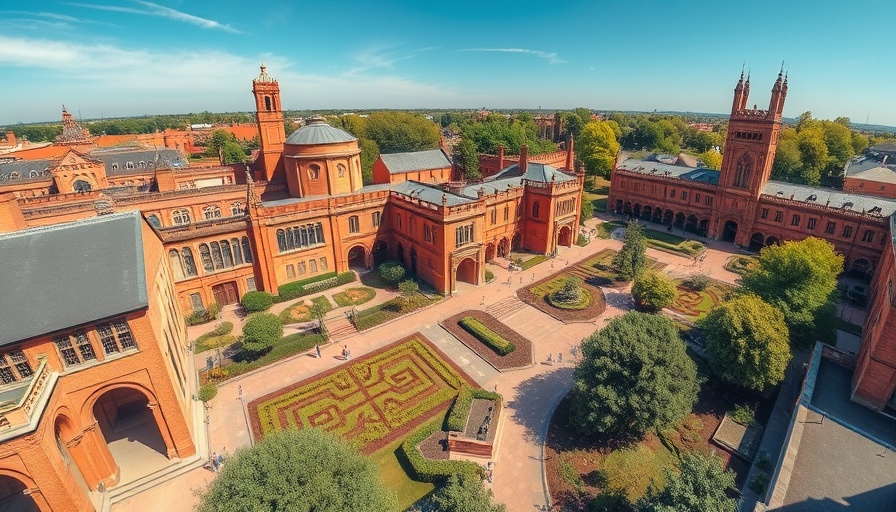
Understanding GPT-5: The New Paradigm in AI
At an AMA session last Friday, OpenAI’s CEO Sam Altman addressed various concerns surrounding the recent rollout of GPT-5 and the community's eagerness to revert back to the previous model, GPT-4o. The session was a blend of technical insights and humorous moments—most notably, the slip-up referred to as the “chart crime.” With the excitement surrounding AI advancements, such missteps serve as reminders of the developmental hurdles companies face.
Technical Troubles Behind GPT-5
Altman opened up about the technical issues faced during the initial launch, notably the router glitch that was designed to select the most suitable model—either GPT-5 or the slower, more thoughtful GPT-4o—for different queries. Users on Reddit expressed their disappointment with GPT-5, finding it less capable than its predecessor, which prompted Altman to clarify that the model had, in fact, performed poorly due to a malfunction on launch day. He reassured users that improvements were underway to enhance model performance and transparency.
The Community's Reaction: A Call for GPT-4o
Despite the promise of improvements with GPT-5, a notable portion of the community expressed a strong desire to continue using GPT-4o, citing its reliability in their day-to-day operations. Altman responded positively to their pleas, stating that OpenAI would explore the possibility of allowing Plus users to access 4o while they work on enhancing GPT-5's offerings.
What's Next for AI? Insights from Industry Experts
As the backlash unfolded, industry experts have weighed in on the future of AI and its integration into our lives. Gavin McCormick, a prominent AI researcher, indicated that the journey of AI development is filled with lessons learned from *missteps*. He remarked, “Innovations will always face growing pains; it’s the ultimate nature of emerging tech.” A sentiment echoed widely in AI circles, where developers and users alike find value in transparency and iteration.
Learning from Mistakes: The “Chart Crime” Incident
During the AMA, Altman was asked about the notorious inaccurate chart presented at the GPT-5 launch. This moment quickly became a meme, dubbed the “chart crime.” Viewers on Twitter and various tech forums poked fun at the blunder, sparking a conversation about the responsibility that comes with presenting new technology. Handling such embarrassing moments with humor can create a collaborative atmosphere and allow for open dialogue about expectations and realities in tech development.
Looking Forward: The Future of GPT and AI Models
In light of this GPT-5 rollout and subsequent feedback, experts predict a more user-centered approach to AI design moving forward. With ongoing improvements and an eagerness to hear from users, OpenAI may set a new standard in tech development.
Community engagement is paramount for shaping the future directions of AI. Altman affirmed, “We’re committed to continuously improving our technology, ensuring it meets the users’ needs and addresses their concerns.”
Final Insights: Maximizing AI’s Potential
The challenges faced by OpenAI during the GPT-5 rollout highlight larger issues within the tech industry: user expectations, transparency, and the importance of iterative improvement. As we move toward a future dominated by AI, understanding these facets could be crucial for both users and developers. With calls to action for improved models and customer satisfaction, the stage is set for a significant transformation in how technology interacts with our lives.
 Add Row
Add Row  Add
Add 



Write A Comment